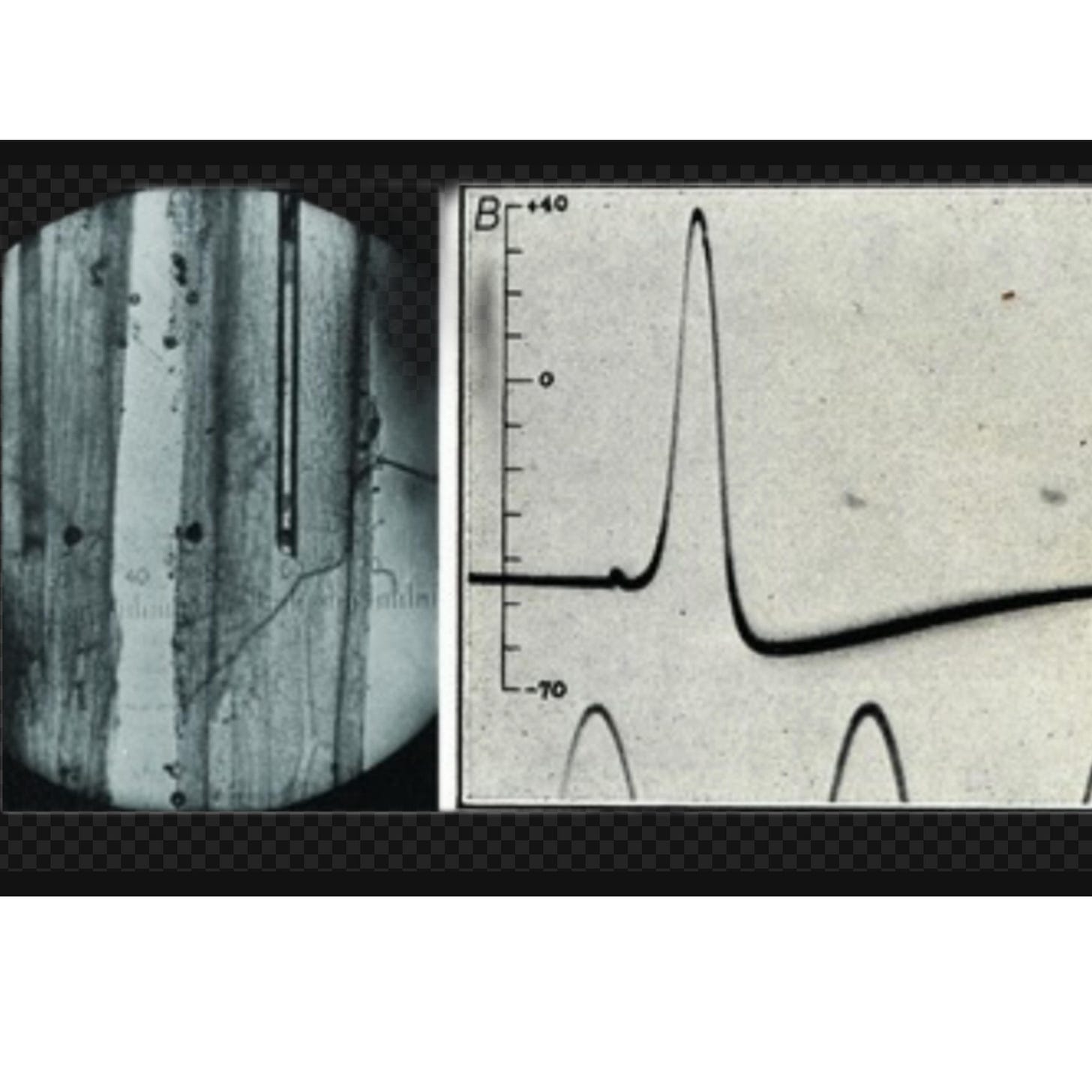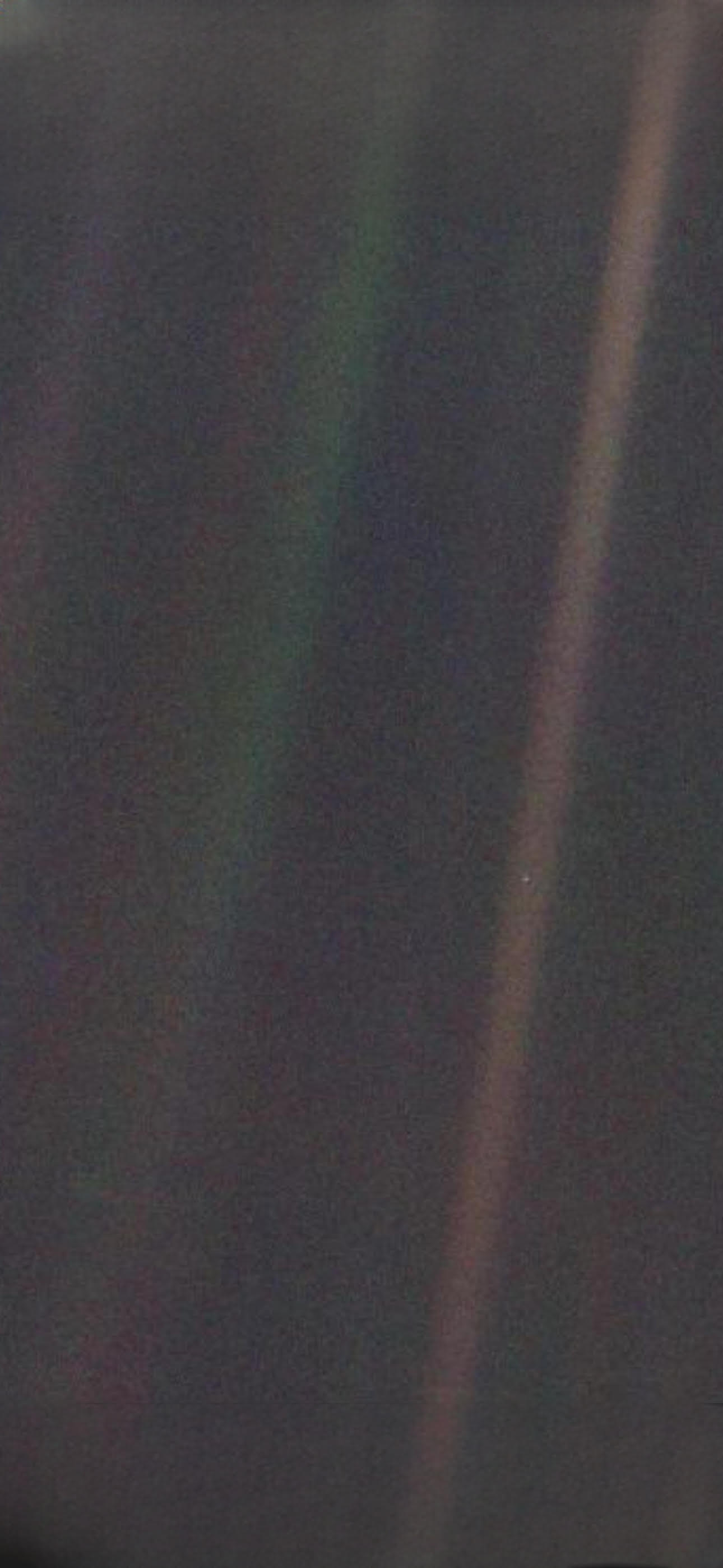Petilla de Aragón is a municipality of northern Spain called Navarra. There was a young child who would grow up here, born May 1st of 1852, and he would be labeled as rebellious, troubled, and proved to show a recalcitrant attitude toward authority. Though the child was artistic, which would later contribute to his success in life, his father apprenticed him to a shoemaker to learn about hard work and discipline.
Over the summer of 1868, Ramón y Cajal’s father would take him to graveyards in search of body parts to take home and study. Mixed with his artistic abilities, his early sketches of different bones would inspire him to pursue an education in medical studies at the University of Zaragoza, the place his father taught anatomy.
A graduate of the class of 1873, at 21 years of age, Ramón served as a medical officer in the Spanish Army. He returned to Spain from an expedition to Cuba 1874-1875 and received his doctorate in medicine in Madrid 1877.
In 1877, when Ramón moved to Barcelona for a professorship, he first heard of a cell staining method used by Camillo Golgi. The Golgi Method, as it came to be known, was a silver staining technique that was used to visualize the nervous tissues while under microscopy. This was a method which Ramón improved upon allowing him to study the central nervous system. Ramón made several drawings that were extremely detailed and indeed most beautiful.
Thanks to his investigations into the microscopic structure of the brain, Ramón y Cajal is known as the father of modern neuroscience.
Modern neuroscience is the study of the nervous system and how it is structured, develops, and malfunctions. It has become possible to know how, for example, a single neuron can be specialized for communication.
Moving forward, Huxley and Hodgkin are considered by many the most productive and influential team in the history of physiology. One of my personal favorite studies was their Currents Carried By Sodium And Potassium Ions Through The Membrane Of The Giant Axon Of Loligo (Squid). The synaptic gap of almost 500 um (500 micrometers) provided enough space to allow for using a voltage-clamp method to study action potentials.
We have learned several things about pain because of these pioneers in their fields of research. Interestingly, and most importantly as far as the range and scope of my topic, is that pain is not a matter of intensity. Pain is felt just the same as touch but it jumps across the axon at a different speed and frequency. The typical speed of nerve impulses can be as high as 119 meters per second while those impulses of touch that travel to muscles are as slow as 76.2 meters per second. Pain impulses, ironically one may say, are much slower traveling around 0.61 meters per second.
Because it takes time for pain to travel to the brain and to be interpreted, pain is never felt immediately. Only when the brain processes the impulse signals do people become aware of the pain. Pain is not only a discriminative sensation but it is also a graded emotional experience associated with the actual or potential tissue damage.
As a result of our own personal experiences, past memories, and a host of other items that make up who we are individually, our experiences with pain will vary drastically.
Because pain, as shown above, travels at the same rate of speed through axons and across synapses in all living creatures, it is only our own emotional understanding of pain that gives the amount of suffering to be caused by that incident its own reality. Suffering, however, is not the same as pain.
Leaving pain, I would now like to discuss the following:
What is suffering?
Who is at risk for suffering?
Why do we suffer?
How can we manage our suffering?
What Is Suffering? Suffering is the conscious endurance or distress over that which does not actually cause pain receptors to be activated. Sickness, poverty, homelessness, famine, victims of war, all cause suffering to those who can feel the pain and loss these situations cause to others. Suffering also is a time, unlike pain, for a person to grow and transform through a deeper understanding (empathy) of the pain others are enduring. Suffering, as I will explain later, is a time for change.
Who is at risk for suffering? The Bible states that suffering is the result of sin and that we are all sinners. Proverbs states that fools suffer harm.
Proverbs 13:20: “Walk with the wise and become wise, for a companion of fools suffers harm.”
Proverbs 19:15 says that lazy people will suffer. “Laziness brings on deep sleep, and the shiftless go hungry.”
Proverbs 6:32 states that the adulterer will suffer because “he will destroy himself.”
Jesus not only said that He guaranteed suffering but taught His followers how to suffer:
John 15:20
1 Peter 2: 19-21
Matthew 5: 10-12
Philippians 3:10
The Qur’an teaches the following on suffering:
“Be sure We shall test you with fear and hunger and some loss.” Muslims believe this is a test of their faith in God.
This same teaching is found in Romans 8:28 “And we know that all things work together for the good of them who love God, to them who are called according to His plan.”
Also the Qur’an: “He cannot be questioned for His acts.”
Proverbs: 16:4: “The Lord has made everything for its purpose, even the wicked for the day of trouble.”
The Buddhist philosophy has 4 basic Noble Truths:
Life is suffering.
Attachment to desire causes suffering.
Suffering ends with the attachment to desire.
The Eightfold Path is the path to liberation from suffering.
So in the end, all religions, all philosophies, and all great leaders of men teach that there will be suffering.
Why do we suffer? We suffer because suffering brings about motivation. Without suffering there would be no motivation, no desire to change. Change brings about opportunity.
How can we manage our suffering?
“I call him religious who understands the suffering of others.” Mahatma Gandhi.
Ignorance lies at the root of all suffering. If we want to manage, or reduce, our own suffering we have to learn what is causing us to suffer. We have to focus on the fact that life is suffering. We will suffer no matter how good we are, or how rich we are, or how kind to others we may be.
“We have a moral and ethical obligation and duty to reduce the net amount of suffering in the world.” Dr. Jordan Peterson.
“Pain and suffering are always inevitable for a large intelligence and a deep heart. The really great men must, I think, have a great sadness.” Dostoevsky: Crime and Punishment.
It is not suffering that makes us better, it is the acceptance of suffering that gives us the opportunity to grow. It can be liberating and even joyful.
“Bless you prison, bless you for being in my life. For there, lying upon the rotting prison straw, I came to realize that the object of life is not prosperity as we are made to believe, but the maturity of the human soul.” Alexander Solzhenitsyn.
On February 14th, 1990, Voyager 1 was 6.4 billion kilometers (4 billion miles) away from Earth. To me, it brings a tear to my eyes and a shiver down my spine to think about how small, lonely, and torn this one tiny, small, little planet actually is in the scheme of things. At the behest of Carl Sagan, NASA turned Voyager 1 around and captured this one last photo of Earth. A tiny point of pale light only 0.12 pixel in size. Can you find it?
“Look again at that dot. That’s here. That’s home. That’s us. On it everyone you love, everyone you know, everyone you ever heard of, every human being who ever was, lived out their lives. The aggregate of our joy and suffering, thousands of confident religions, ideologies, and economic doctrines, every hunter and forager, every hero and coward, every creator and destroyer of civilization, every king and peasant, every young couple in love, every mother and father, hopeful child, inventor and explorer, every teacher of morals, every corrupt politician, every “superstar,” every “supreme leader,” every saint and sinner in the history of our species lived there— on a mote of dust suspended in a sunbeam.
“The Earth is a very small stage in a vast cosmic arena. Think of the rivers of blood spilled by all those generals and emperors so that, in glory and triumph, they could become the momentary masters of a fraction of a dot. Think of all the endless cruelties visited by the inhabitants of one corner of this pixel on the scarcely distinguishable inhabitants of some other corner, how frequent their misunderstandings, how eager they are to kill one another, how fervent their hatreds.
“Our posturings, our imagined self-importance, the delusion that we have some privileged position in the Universe, are challenged by this point of pale light. Our planet is a lonely speck in the great enveloping cosmic dark. In our obscurity, in all this vastness, there is no hint that help will come from elsewhere to save us from ourselves.
“The Earth is the only world known so far to harbor life. There is nowhere else, at least in the near future, to which our species could migrate. Visit, yes, Settle, not yet. Like it or not, for the moment the Earth is where we make our stand.
“It has been said that astronomy is a humbling and character-building experience. There is perhaps no better demonstration of the folly of human conceits than this distant image of our tiny world. To me, it underscores our responsibility to deal more kindly with one another, and to preserve and cherish the pale blue dot, the only home we’ve ever know.”
Carl Sagan, Pale Blue Dot, 1994.









It is mind blowing to think of earth as a little dot in a huge universe.